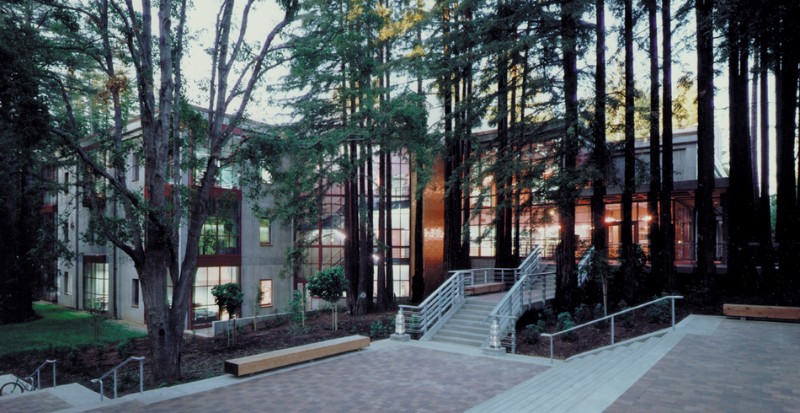The study Read more [...]
Science Communication
Course Category: Other
-
Focus of Study
Do you enjoy explaining your work, and science in general, to non-scientist friends more than you like working in the lab?
The women and men who popularize science enjoy a career that satisfies their intellectual restlessness. They report on science trends, discoveries, personalities, and policies, often from the lab or in the field. Science writers choose from myriad career options: online or print journalism; staff writing at university news offices, federal agencies, national labs, museums, and zoos; and multimedia work on the Internet and in radio.
The science writing program at UC Santa Cruz has produced professional science writers since 1981. The program is one academic year long, focusing entirely on practical training through rigorous coursework and diverse internships. It’s the only graduate science writing program in the U.S. that requires a degree in science and experience in research.
Our alumni, nearly 300 strong, work as reporters and editors at the nation’s top science magazines, online news services, research agencies, universities, and medical centers. About half of our graduates freelance, mainly to live where they wish and to cover the science that captivates them.
Course Description
The Science Communication Program bestows a graduate certificate, not a master’s degree. The program:
- consists of nine months of coursework and a final summer internship
- requires part-time professional internships throughout the academic year
- does not require a thesis
- offers practical training with professional journalists and editors as instructors
- emphasizes news, long-form writing, and multimedia skills, with an eye toward substantive reporting on research and policy
- features small class sizes (10 students) in every course, ensuring extensive feedback from lecturers
- stresses original writing and editing for the public, rather than theory and critique
- subjects all projects to rigorous editing at the highest standards, with some peer review by students
Our students practice science writing as a fine art as well as a craft. They emerge from their year in Santa Cruz with dozens of published stories, a broad set of journalistic skills, and distinct voices as writers.
An intensive academic year of classes in science reporting, writing, and editing
Each student takes a required six-course sequence (fall-winter-spring) in science journalism. Classes meet two days each week. Enrollment in the individual courses is limited to the ten students accepted into the science writing program, creating a warm, collegial atmosphere for our editing workshops.
The sequence introduces students to news, features, essays, investigative reporting, and multimedia. We believe this mixture of traditional and forward-looking courses prepares our students to compete for jobs in an ever-changing journalism industry. Here is our lineup for 2015-16:
Fall quarter: Reporting and writing science news; writing and editing workshop. These courses introduce our former scientists to the foundations of journalism for newspapers, online news sites, and the front sections of magazines. Students cover events, propose and report story ideas, conduct interviews, master AP style, and write in the styles of different science magazines and websites. Our class blog, relying heavily upon social media, features original reporting from each student. Editing focuses on overall content, structure, tone, and technical level. Many articles appear in regional and national publications, such as the San Jose Mercury News,Mongabay.com, and ScienceNOW.
Lecturers: Erika Check Hayden, Marc DesJardins, Robert Irion, Ken McLaughlin
Winter quarter: Science feature writing; essay and profile writing. Students deepen their journalistic training by conceiving of a novel magazine feature, proposing it in a query letter, and doing original research and field interviews. Features appear in our annual magazine, Science Notes. In the concurrent course, students explore creative and distinctive forms of science writing through personal and observational essays, as well as profiles of researchers. Style comes to the fore as the students develop their voices as writers. Attending the AAAS meeting is part of the winter curriculum; students interview scientists there for our annual Q&A publication.
Lecturers: Ingfei Chen, Robert Irion, Sarah Rabkin
Spring quarter: Multimedia reporting and storytelling; investigative and policy reporting. In our web media classes, students go into the field or labs to record the sights and sounds of science in action, augmenting our online magazine with still photography, podcasts, slideshows, and videos. We also post student-produced videos on our SciCom Vimeo site. The investigative stories require students to go beyond research news and explore issues of public policy, political influence, societal ethics, and funding. The writers file public records requests and track down sources using database-driven reporting. Our students have published many of the resulting stories in regional and national publications.
Lecturers: Peter Aldhous, Robert Irion, Martha Mendoza, Mary Miller, Lisa Strong

